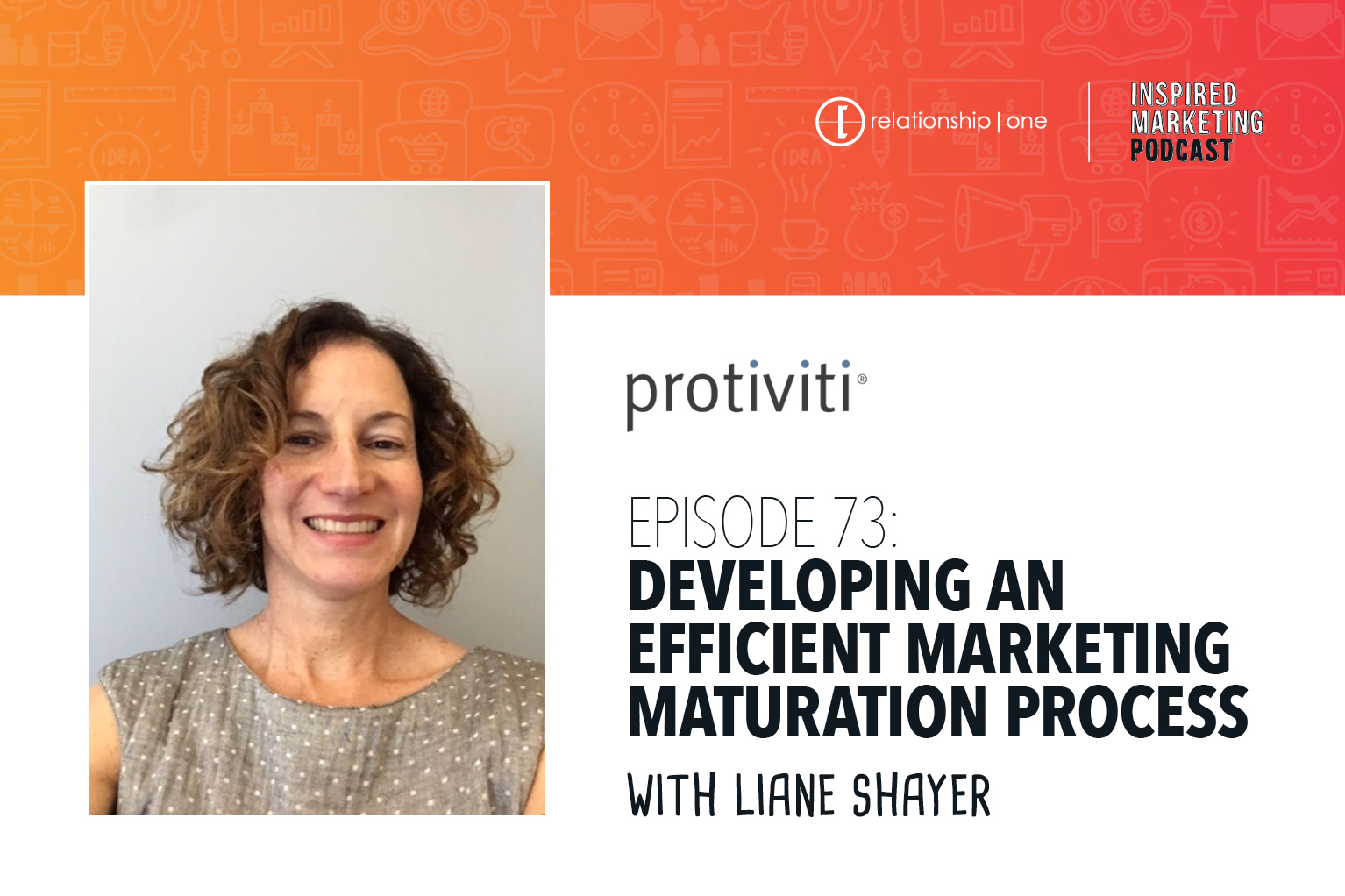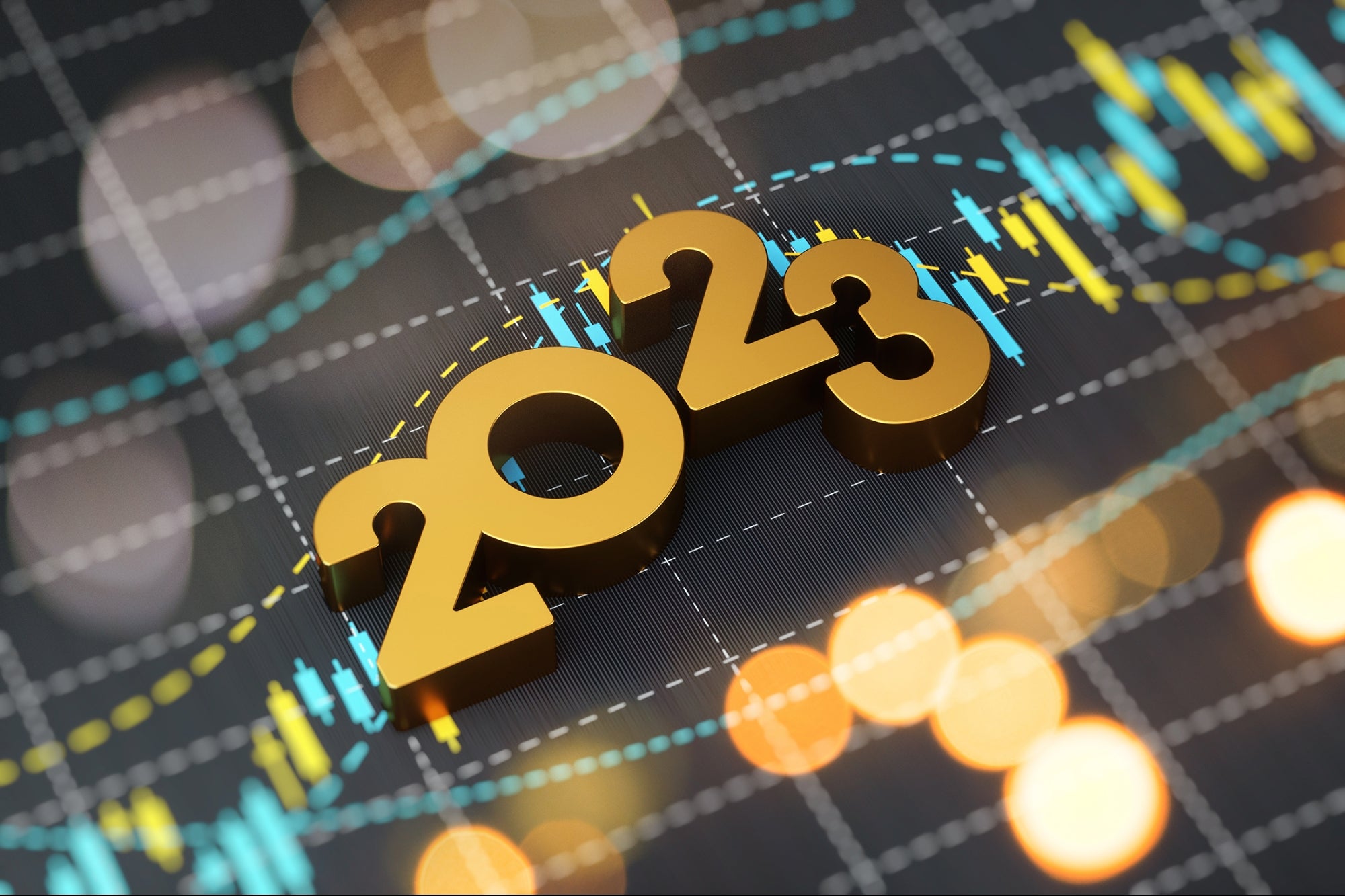Harnessing current creative trends in email for better ROI
For most businesses the email channel has proven to be an extremely valuable utility as our lives and businesses have digitally transformed overnight. According to HubSpot, email marketers are sending 27% more emails than they then did pre-coronavirus, and 78% of marketers have seen an increase in email engagement over the last 12 months. But with more messages hitting inboxes now than ever before, the big question we get is, what do we do to ensure our messages stand out? In this article we explore the top 6 creative trends in email you need to know.
If you are feeling behind already, don’t worry – unlike fashion trends, email trends come in big long waves, so it is usually not too late to jump on. However, don’t delay too long or you might start blaming your creative execution for a disengaged audience and unfavorable unsubscribe rates.
Color – playing with the secondary palette
A compelling trend we are starting to see in the color space is the gravitation towards the secondary color palette, and away from sticking to the strict use of the main brand colors. Email campaigns give you license to play with other colors, even introducing colors beyond the brand palette.
It’s important to collaborate with the brand and design teams to understand the boundaries of your play. As fun as it is to play with color, it is best to resist the urge to use tone on tone, so instead focus on contrast – your color blind audience will thank you. If you’re wanting to check the accessibility of your chosen email color scheme, Email on Acid has great testing platforms.
Email on Acid will validate your email against some of the most important accessibility guidelines, allowing you to fix any issues with just a few clicks. If you are just looking for a quick color-check of your color combinations check out accessiblecolors.com.
While email is a great opportunity to experiment with different colors, you should keep fonts and styling recognisable and aligned with branding and other existing campaigns. Aligning with something like a specific campaign (such as a sweepstakes or event) is equally as important as aligning with the core brand and will sometimes give designers the freedom to use color palettes that wouldn’t be used anywhere else.
There is a delicate balance between being mindful of branding, while also mixing things up to make your email stand out in your audience’s inbox. Play with color!
Photography – realism resonates
In the past 12 months, we have witnessed a marked turn away from traditional ‘polished and perfect’ stock images. Photographic images these days have brought forward themes of inclusion, realism and a variety of artistic angles. This dose of realism is resonating well with audiences and designers alike.
Stock photos themselves have also seen an increase in realism – a shift from the fancy to the realistic, and warm muted tones seem to dominate this space. We are also seeing an increase in instances where the photography itself has been given the opportunity to command more attention than the text, with designers using large images surrounded by very little text. From an accessibility perspective, the designers must be mindful of the text/image combinations they are using.
Illustration – approachable and personable
There has been a definitive uptick recently in the use of illustrations in email. Illustrations give the designer lots of flexibility to portray personable, realistic, attention-grabbing images, all without bloating code. It is important to note that while illustrations are impactful, especially for products that aren’t particularly sexy, there can be a huge amount of creative time involved.
If it works with your brand, the use of emojis can be playful (and they only count towards your character count).
Be mindful of how quickly images (whether photo or illustration) load, and keep your mobile users front of mind. With email there is always more we can do with and think about in the mobile environment from a design perspective, but we should also be respectful of our audience’s data plans.
Layout – minimalism reigns
The shift towards optimizing real estate and quickly drawing your audience into your idea has never been more important. Call it the Marie Kondo impact on email, but steering away from clutter at the top of emails is as much about minimalism as it is about lifestyle and values. Designers are able to combine a variety of current trends to get the ‘What’s in it for me?’ message across to their email audiences more effectively.
A single message at the top of emails is on trend, but it’s important to put thought into the second and third levels if you hope to train your audience to scroll down. If your hero image/message didn’t get them to click that doesn’t mean that your second or third levels won’t.
Stronger use of color can make it easier for your audience to digest your message and not get overwhelmed, and for you to close your thoughts. Consider how you would relay your message in a series of tweets to help break up and break out your key points and assist in dictating your layout.
Are your email campaigns accessible? Improved accessibility leads to better experience for everyone, so take the time to ensure your emails take accessibility issues into account. A centred title and left-aligned text is proven to be more readable, and you should never exceed 2-3 lines of centre aligned text.
Dark Mode – design defensively
Dark mode is a slower trend to take off, and mostly because companies don’t yet have a strategy or style guideline to handle this trend. We started to see an expansion in dark mode in 2019 and while it adds an opportunity to grab attention and stand out in the inbox, it is critical to resist the urge to trick the systems. Instead be respectful of the user’s email preferences.
A good strategy for navigating dark mode is to design defensively (some ESPs even offer auto dark mode testing), which in some cases can be as straightforward as reducing animations, desaturating images or brightening a button color. Designing defensively ensures that your message and call-to-action clearly communicate whether a customer’s image setting is set to render or not.
If your emails are generally already dark, consider developing a ‘light mode’ version. And remember whether or not a light or dark mode version is better for an audience can be largely situational – if they’re outside in the sun or reading at night in bed.
Code/Interactivity/User Experience – give your audience choices
The biggest thing to happen in email marketing for quite some time is AMP for email. What is AMP for email? AMP for email is an open source code framework originally developed by Google and is another way for marketers to leverage the speed of the accelerated mobile pages framework. In the official release on the AMP blog, Product Manager of Gmail and Chat, Aakash Sahney, calls it “a powerful way for developers to create more engaging, interactive, and actionable email experiences.”
AMP for email offers a huge amount of possibilities and an endless number of use cases. The three main aspects of AMP for email are as follows;
- The Click – audience clicks and something changes
- Form Submission – fill in a form and submit from within the email itself
- Live Content – pulls in live content at time of open
By offering choices and interactivity within the email you will essentially be moving the recipient further along the sales funnel, and bring them to your website with their items and preferences in place. All they need to do now is checkout!
Is this too good to be true? Well, there are some important things to take into consideration when contemplating the use of AMP for email. First and foremost, the driving force behind any email campaign should be your strategy. You will also need to account for an AMP version, an interactive HTML version, and the static version if you’re trying to cover all your bases.
Are you keen to get started? To get started building AMP emails we recommend checking out the AMP project website, as well as accessing the ‘playgrounds’ available. Consider connecting with an AMP specialist from Trendline Interactive – we would be happy to help you navigate your possibilities.
The driving force behind these creative trends
Obviously, a number of trends come from advances in coding, which quickly open the doors to new opportunities, but another key factor driving email trends currently is the shortened attention span of our audiences, which likely is a trend that isn’t going anywhere anytime soon.
Your audience is likely switching between home obligations and work ones, almost as quickly as they are bouncing around on their mobile devices between social channels and emails in their inbox.
Generating the most potential lift from your program
So, which of these trends should you embrace to generate the most potential lift for your program? Get your basics in place – meaning a good design/build system and good testing facilities. By laying the foundation for your email programs with good design and testing facilities in place, this will free up your time to do more.
The time you free up can be used to work on more of the ‘cool stuff’ – like interactivity and experimental tools!
Interactivity can drive an increase in engagement, but it’s important to remember that you need the systems to support interactivity, otherwise deploying new features can be very time consuming and expensive. The ‘I’ in ROI is a key component here – you’ll need to invest to see the return. According to Hubspot, an impressive 59% of marketers say email is their biggest source of ROI.
All of the above mentioned trends are hinged on user experience, so always try to think about your creative through the eyes of your customers – and that is likely where you will find the best ROI on your campaigns. Focus on your fundamentals, as the rest is icing on the cake.
Maintain the human element in creative trends
It’s important to note that regardless of whether you’re addressing a B2C audience or a B2B one, ultimately the person reading your email is still a person. A person that has emotions and emotional responses to good design and good content.
Email marketing gives us lots of opportunities to try things out and test what’s working and what’s not. Build, build, build and test, test, test. Send a test email to yourself and walk around your house while reading it – if it’s not working for you, it won’t work for your audience.
People are people, and ultimately, what you’re trying to do with any email campaign is to communicate a message to a person who is most likely busy – whether at work or at home (or as is the case right now – one in the same). Make the message clear and easy to understand. Keep in mind that when you see patterns and trends taking off, it’s because they work.
“You can design an email to be read, or you can design an email to be clicked, but it’s very hard to do both at the same time.”
Author: Trendline Interactive.
This article was originally posted by Trendline Interactive. To view the original, click here.





